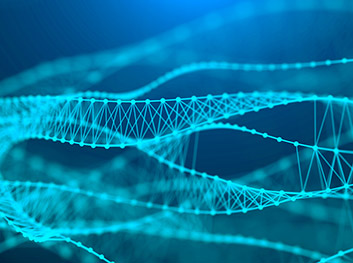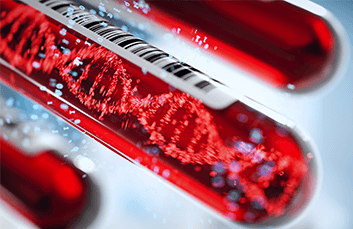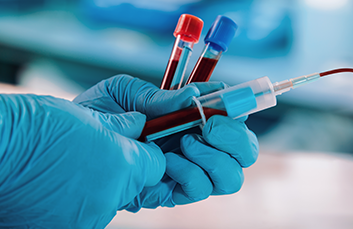Urine: a great biofluid for biomarkers
Topics Featured
COVID-19 testing has brought non-blood based biological samples into the everyday life of researchers and people around the world. Before this new wave of testing, most people experienced blood draws and perhaps throat swabs for rapid strep testing. Increasingly common nasopharyngeal swabs and saliva-based tests have brought alternative biological matrices to the forefront of testing.
Most people will have a urine test during wellness updates, during pregnancy testing or to screen for bacterial infections like urinary tract or sexually transmitted infections. However, urine has gained popularity recently as a liquid biopsy matrix. It is reasonable to assume that most patients, when faced with the choice of providing a urine sample or consenting to surgery for a physical biopsy, would choose to give a urine sample.
A publication in 2019 from Satyal et al. refers to urine as liquid gold. In this publication, the authors discuss the diagnostic utility when screening urine for genitourinary disorders like cancer. Screening urine, instead of performing an invasive surgical biopsy, allows researchers to look at proteins, circulating tumor cells, cell-free DNA and other nucleic acids. Another publication from Di Mio et al. specifically adds RNA species, such as miRNA, lncRNA and mRNA, as well as exosomes, to the valuable potential targets in urine. This group, however, mentioned that circulating nucleic acids have a short half-life and need special handling considerations.
The benefits of urine are clear; however, there are unique pre-analytical variations associated with urine as discussed. One of these is the aforementioned half-life. Other concerns are cellular changes like release of post-collection extracellular vesicles, cell lysis, nuclease mediated sample degradation and bacterial growth. Some of these changes may be mitigated by using collection products designed for more standard practices, but these products do not focus on nucleic acid research or cellular material.
Streck® Urine Preserve* (RUO), formerly Streck Cell-Free DNA Urine Preserve, was recently expanded to new stabilization targets beyond DNA and cellular materials. Tech notes here feature data on exfoliated cancer cells, extracellular vesicles and mRNA. If you are concerned about changes post urine collection and how pre-analytical variation may be clouding your results, contact your dedicated Streck sales rep to screen your biomarker with Streck Urine Preserve.
*Streck Urine Preserve is a Research Use Only product and is not for use in diagnostic procedures.


FDA clearance brings liquid biopsy into a new era

